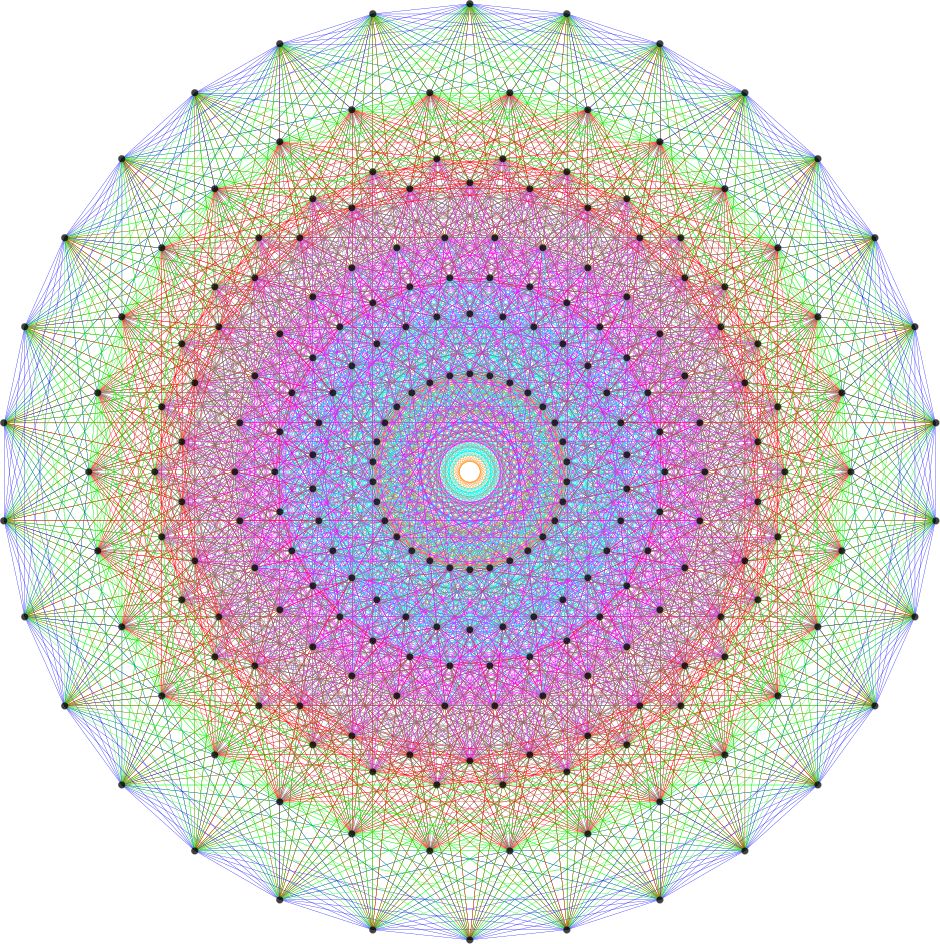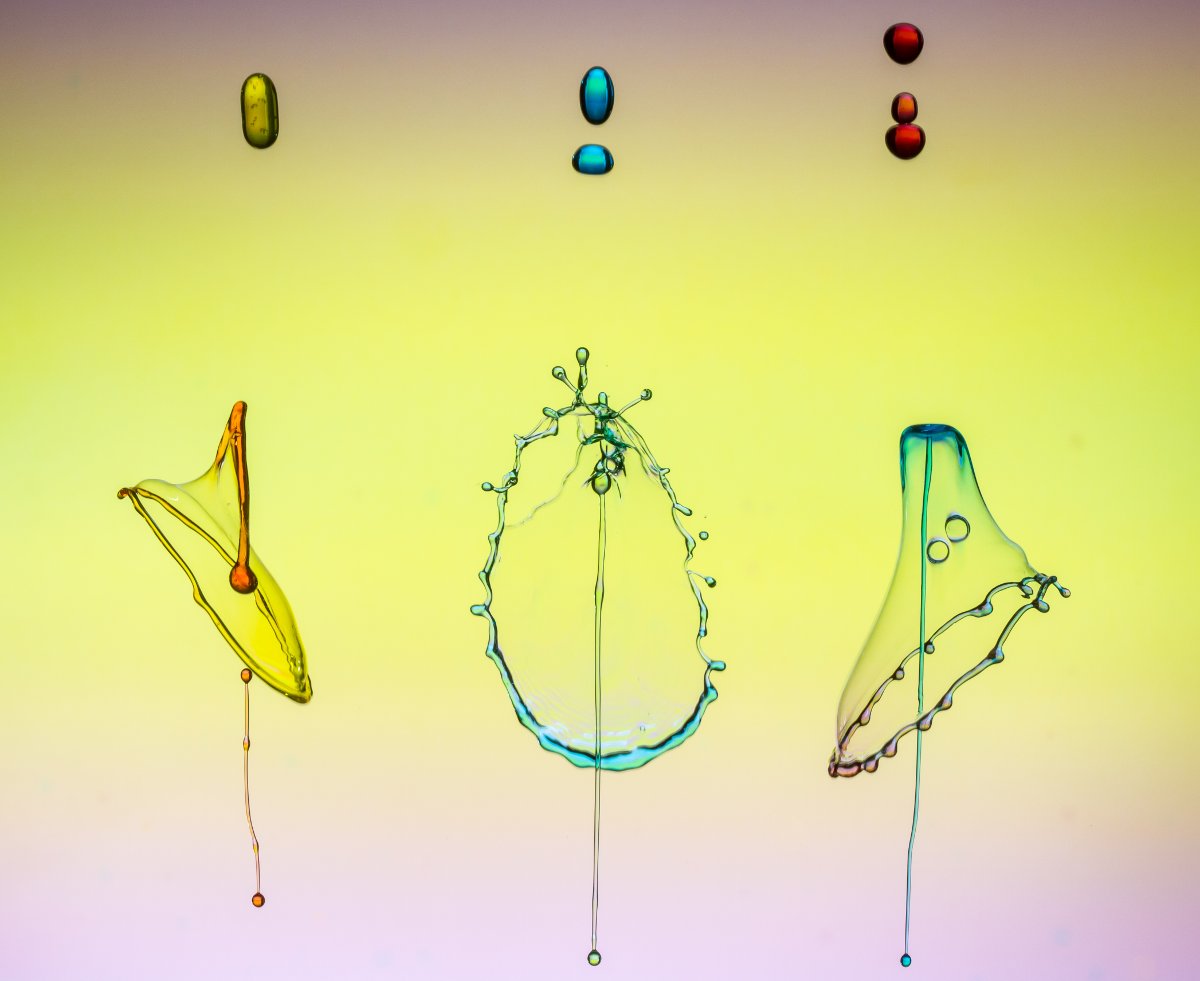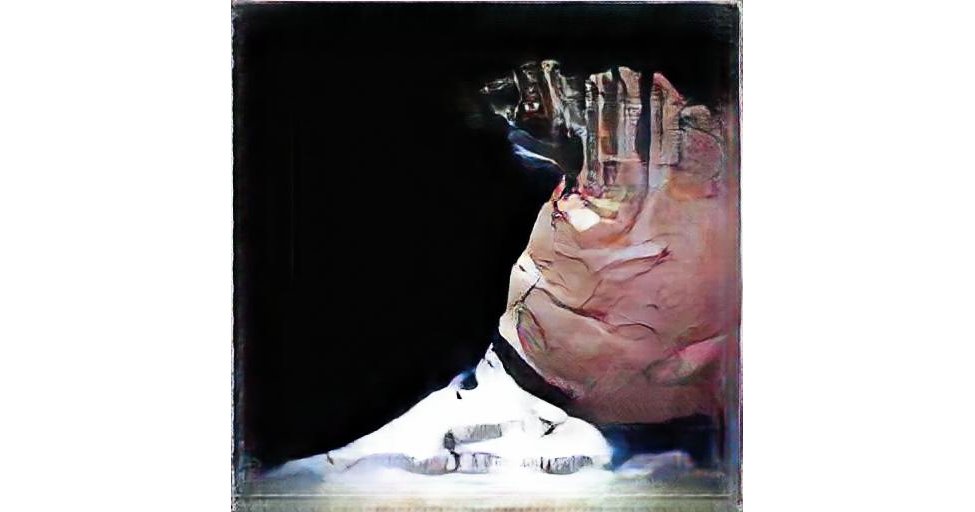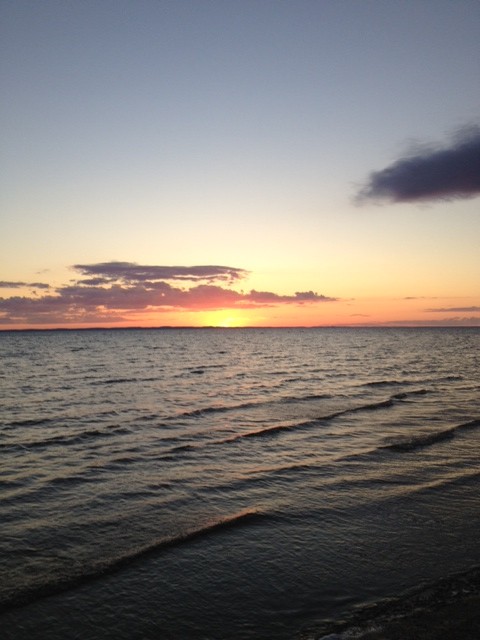“Creativity takes courage.” —Henri Matisse
![Title: [ M ] Henri Matisse - Verve, II (cover maquette, Symphonie chromatique) (1939) | Author: cea + | Source: Flickr | License: CC BY 2.0](https://rickbellingham.com/wp-content/uploads/2017/05/matisse_verveii_ccby_web.jpg)
I’m very proud of my two daughters! I guess that’s no surprise, but the reason may be a little different than what you would expect. What I really admire is their courage to create.
Both of them have envisioned non-conventional career paths for their lives and are working very hard to make their visions a reality. Clearly, being a doctor, a lawyer, an engineer, an accountant, a teacher, a mechanic, a salesperson, a cop, or whatever, are honorable professions that typically bring a sense of structure and security into the lives of people who choose those careers. On the other hand, creating something out of nothing—with no established guidelines, no set compensation, and no structured routines—is a different challenge that I happen to respect.
In his amazing book, The Courage to Create, Rollo May discusses what creativity is and why it demands such courage[1]. May was an existential psychologist, prolific author, and close friend of Paul Tillich, the author of The Courage to Be[2].
According to May, creativity is the process of bringing something new into being.
To be truly creative, a person needs to encounter experiences fully, engage with them deeply, and be intensely absorbed in the moment.
Elizabeth Gilbert (author of Eat, Pray Love) recently published Big Magic: Creative Living Beyond Fear, which presents a lighter and more popularized version of this idea[3]. Big Magic intends to help people live creatively by living a life that is driven more strongly by curiosity than by fear. Gilbert emphasizes magic more than effort, but she does encourage people to follow their dreams. While it’s a nice read, I personally prefer the depth and discipline of Rollo May.
I agree with May that creative people tend to experience heightened consciousness and awareness as well as surging vitality. He posits that a creative person experiences an ecstasy of unifying form and passion, i.e. the unconscious acting in unity with the conscious. May shows how the creative process requires a deep emotional involvement—not just a dispassionate, intellectual response.
Picasso believed that every act of creation is first of all an act of destruction.
You have to get rid of old ways of thinking and acting in order to make room for new ways of living, learning, and working. His invention of cubism radically changed the way we look at art.
Henri Poincaré, a French mathematician and theoretical physicist, suggested that creativity requires a special sensibility. According to Poincaré, a scientist does not study nature because it is useful; he studies it because he delights in it and he delights in it because it is beautiful. It seems to me that creativity is delightful and beautiful at the same time.

But where does courage fit in? Courage is defined as the willingness to bravely confront difficulty, danger, uncertainty or pain. It is the ability to do something that is frightening. Courage is usually associated with daring, audacity, boldness, and fearlessness.
There are several reasons why creativity requires courage. First, it is an inevitable threat to order and uniformity.

Introducing newness means disruption of what has become comfortable.
Thus, creative people typically encounter resistance. Ralph Waldo Emerson was a good example of having the courage to present new ideas that run counter to established traditions. In his address to graduating ministers at Harvard Divinity School, he challenged the new theologians to find God within and to follow their own paths—a rather revolutionary statement in the 1800s when fire and brimstone sermons were the order of the day[4].
Second, true innovation demands that we confront our own anxiety to create.
It’s scary to be outside the margins of “normality.”
We worry that our ideas will be rejected or that we will fail and feel foolish. Courage requires confidence as well as capability. We have to deal with our own doubts. Creativity not only requires being generative but also finding the courage to communicate ideas that may shake consumers’ worldviews.
And third, creating something new means we need to re-think our plans, let go of limiting assumptions, and open up to new possibilities. It’s easy staying within established rules and expectations. Breaking out means re-defining and re-inventing ourselves.
We may have to destroy one image of ourselves to allow space for a new image to emerge.
It is the courageous struggle with limits, however, that can become the source of creative production. We come up against obstacles, and we need to find innovative ways to overcome them. For me, dealing with Tourette Syndrome led me to find new ways of coping. My daughters had to create their own roadmaps for navigating their careers.
Imagination, innovation, and spontaneity can be creative ways to deal with formalized forms, limiting labels, and blocking boundaries in our lives.
If we can find the courage to break out of rigid structures, however, we may find a clearer path to ecstasy, joy, meaning, and purpose. Many creative people seek out therapy to help them turn inward toward their own creative springs. It seems to me like the potential rewards are worth the risk.
I’m hoping that my daughters continue to find the courage to create and to realize their dreams in atypical careers in education, science, and the arts. They are both extremely talented and work very hard. The world, however, doesn’t tend to reward different ways of doing things unless, of course, you are Steve Jobs, Mark Zuckerberg, or Jeff Bezos. But those rewards are financial, not necessarily spiritual.
It’s the Jane Addams of the world whose courage to create Hull House and the ACLU really made a difference in the world.
It’s people like Abigail Adams, wife of President John Adams, who influenced the direction of society with quotes like:
- Learning is not attained by chance, it must be sought for with ardor and attended to with diligence.
- Great necessities call out great virtues.
- We have too many high-sounding words, and too few actions that correspond with them.
It’s women like Eleanor Roosevelt whose creativity and drive resulted in a more caring and constructive society whom I admire. So, yes, I feel lucky that my daughters have not only had great women role models who broke with convention and had the courage to create, but also that they are breaking new ground themselves in their own ways. I’m a lucky and grateful father.
If you liked this post or any of the other articles on this blog, please share it on your Facebook page. I need your help to build a community of people who want to engage in meaningful conversations about substantive issues.
More Information:
[1] About Rollo May, the author of The Courage to Create
[2] Paul Tillich, author of The Courage to Be
[3] Elizabeth Gilbert’s Big Magic: Creative Living Beyond Fear
[4] Ralph Waldo Emerson’s graduation speech
Also published on Medium.



Love it Ricky, and I feel so fortunate to know Becky so well, and Emily vicariously through our many conversations about our kids. We are blessed, and lucky dads for sure! Thank you once again for sharing your wisdom and sincere thoughts with all of us lucky “subscribers!”
We are lucky indeed to have the kids we have. Thanks for your on-going support. I always look forward to your comments.
I once worked for a gentleman who always liked to say, “change in the beginning looks like confusion”. As I grow older it’s more and more difficult to accept change and remain both creative and flexible.
I believe its true that the older we get, we are more likely to become habituated, routinized, and locked into set patterns. I also think that that every moment in another opportunity to open up. It’s also possible that we become wiser and more forgiving as we learn the lessons of life. Thanks for commenting.